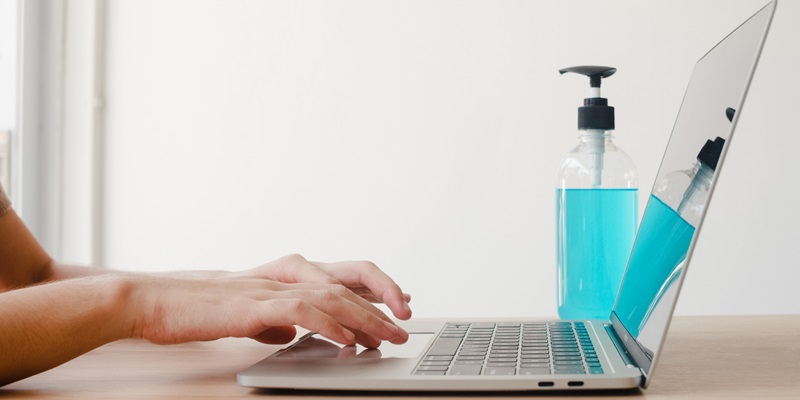In today’s digital world, email marketing remains a powerful tool for businesses to connect with their audience. However, maintaining good email deliverability is crucial to ensuring that your messages reach the right recipients. Neglecting list hygiene can have a detrimental impact on your email deliverability and overall sender reputation. In this comprehensive guide, we will explore the recommended frequency for list hygiene, the differences between personal and work email addresses, the consequences of job changes on email addresses, the effect of the pandemic on email deliverability, updates in policy by major email providers, the consequences of neglecting B2B email list hygiene, and how mailbox providers evaluate senders.
Recommended Frequency for List Hygiene
To maintain a healthy email list, it is recommended to conduct regular list hygiene at least a couple of times per year. Surprisingly, when asked about their list hygiene practices, the majority of senders claimed they do it at least a couple of times per year, which aligns with the recommended minimum frequency. Regularly cleaning and updating your email list will ensure that you are sending messages to engaged subscribers and avoiding inactive or invalid email addresses.
Differences in Personal and Work Email Addresses
Consumers tend to stick with their personal email addresses for an extended period, as they rarely switch them. However, the same cannot be said for work email addresses. People often abandon their work email addresses when they leave their jobs, leading to a significant impact on your email deliverability. These abandoned email addresses can become inactive, invalid, or even non-existent, resulting in bounced emails or landing in spam folders.
Impact of Job Changes on Email Addresses
As people leave their old jobs, they also leave behind their old email addresses. This can be a problem for businesses that continue to send emails to these outdated addresses. Not only will the messages not reach the intended recipients, but it can also harm your sender reputation. Outdated contact data can lead to high bounce rates, spam complaints, and ultimately, decreased email deliverability. Therefore, regularly updating your B2B email list to account for job changes is essential for maintaining a clean and engaged audience.
The Pandemic’s Effect on Email Deliverability
The outbreak of the COVID-19 pandemic in 2020 had a significant impact on various aspects of our lives, including email deliverability. The chart below displays a noticeable dip in email deliverability during the pandemic. However, it’s essential to note that while some industries experienced a decline, many technology companies saw increased hiring and growth as the demand for their products and services surged. This dynamic shift highlighted the importance of maintaining an accurate and up-to-date email list to adapt to changing market conditions.
Updates in Policy by Major Email Providers
In May of 2023, Google announced its plans to update its policy on inactive accounts. This update was aimed at addressing the issue of email accounts that have been dormant and inactive for an extended period. As a sender, neglecting list hygiene can result in your emails being marked as spam or not reaching the inbox at all. Staying informed about policy updates by major email providers is crucial to adapt your list hygiene practices accordingly and maintain optimal email deliverability.
The Consequences of Neglecting B2B Email List Hygiene
The reality is that failing to regularly conduct B2B email list hygiene will eventually decrease your chances of reaching the inbox and increase the likelihood of your emails ending up in spam folders. Email service providers like Gmail, Yahoo, and Outlook closely monitor sender reputation to assess the quality of emails being sent. They consider factors such as bounce rates, spam complaints, and engagement metrics. Neglecting list hygiene can result in a poor sender reputation, negatively impacting your overall email deliverability.
Mailbox Providers’ Evaluation of Senders
As a sender, you are constantly being evaluated by mailbox providers. They judge you based on various factors to determine if your emails should be delivered to the inbox, spam folder, or blocked entirely. Maintaining good list hygiene is crucial for building and preserving a positive sender reputation. By regularly cleaning and updating your email list, you demonstrate to mailbox providers that you are a responsible sender who respects recipients’ preferences and actively manages your subscriber base.
Ensuring good email deliverability requires an ongoing commitment to list hygiene. By neglecting this critical aspect, you risk damaging your sender reputation and compromising the effectiveness of your email marketing campaigns. Regularly conducting list hygiene, including removing inactive or outdated email addresses, will enhance your chances of reaching the inbox and avoiding the spam folder. Stay informed about policy updates by major email providers and continuously evaluate your list to maintain a clean and engaged audience. Remember, effective email marketing begins with a healthy and up-to-date email list.

